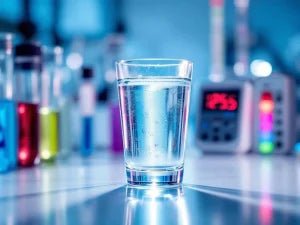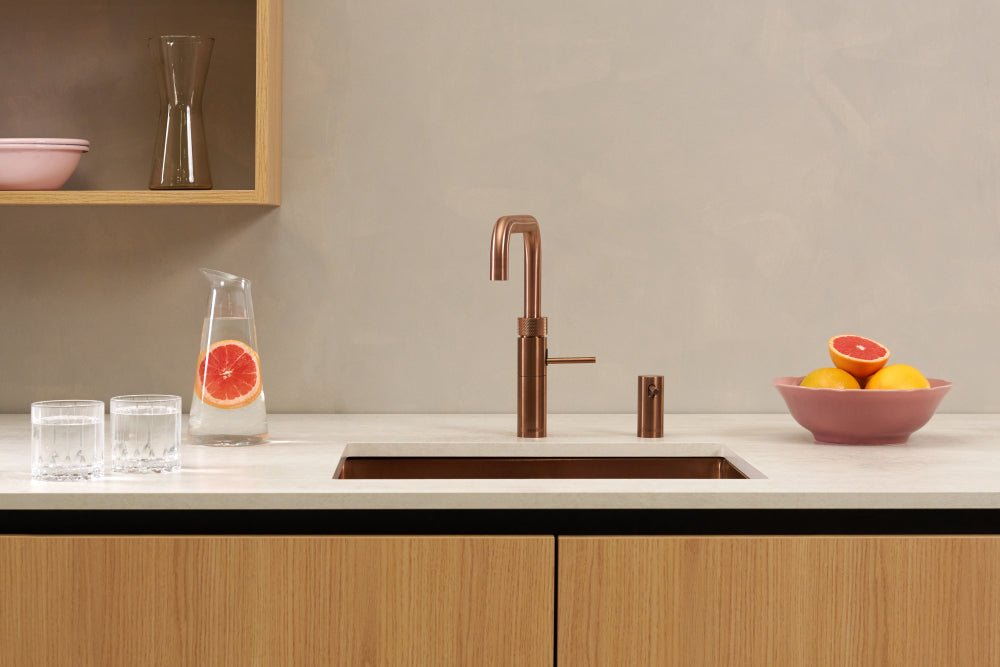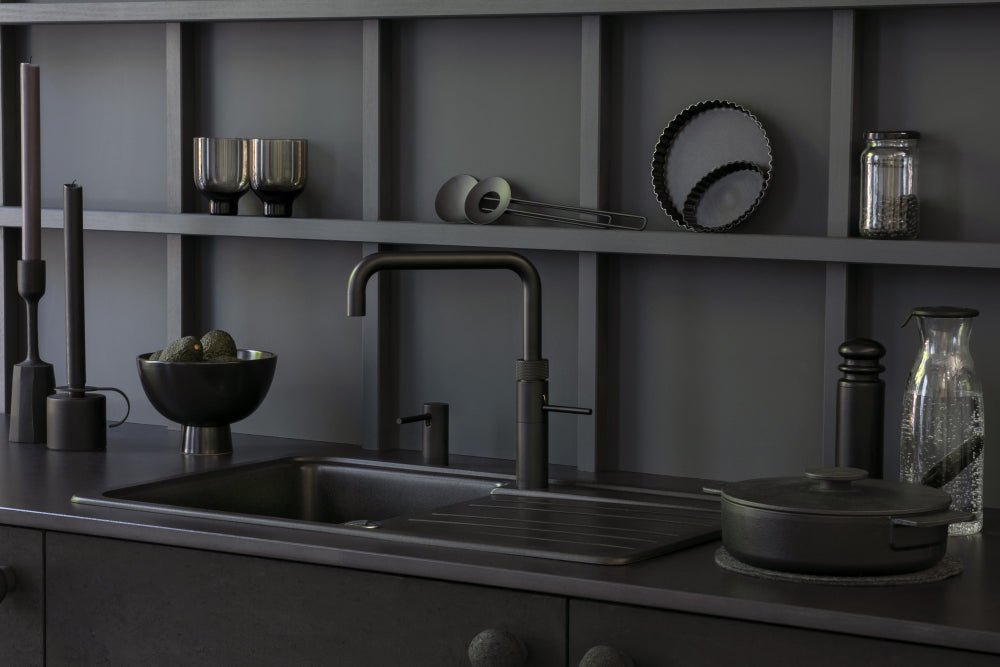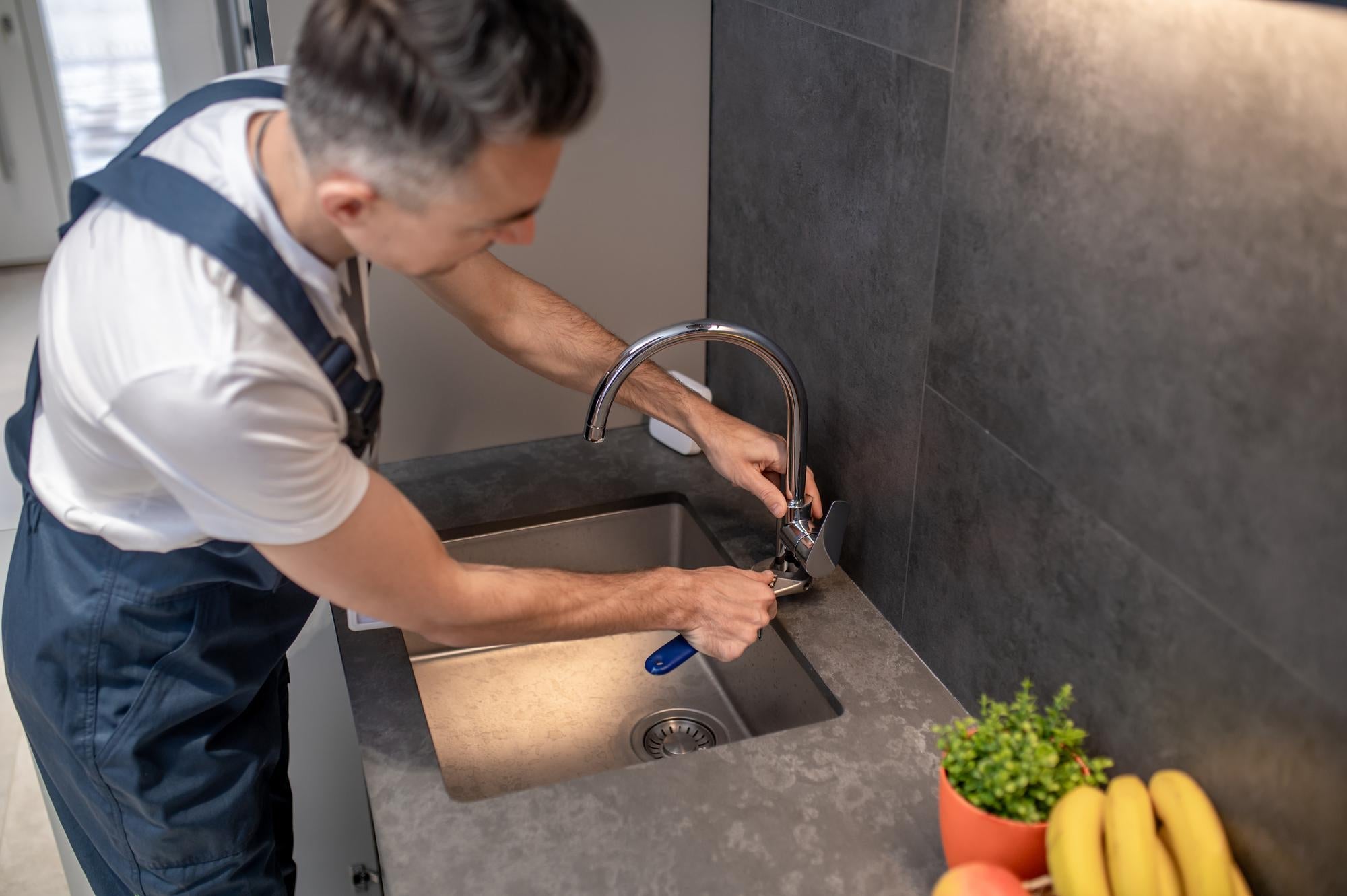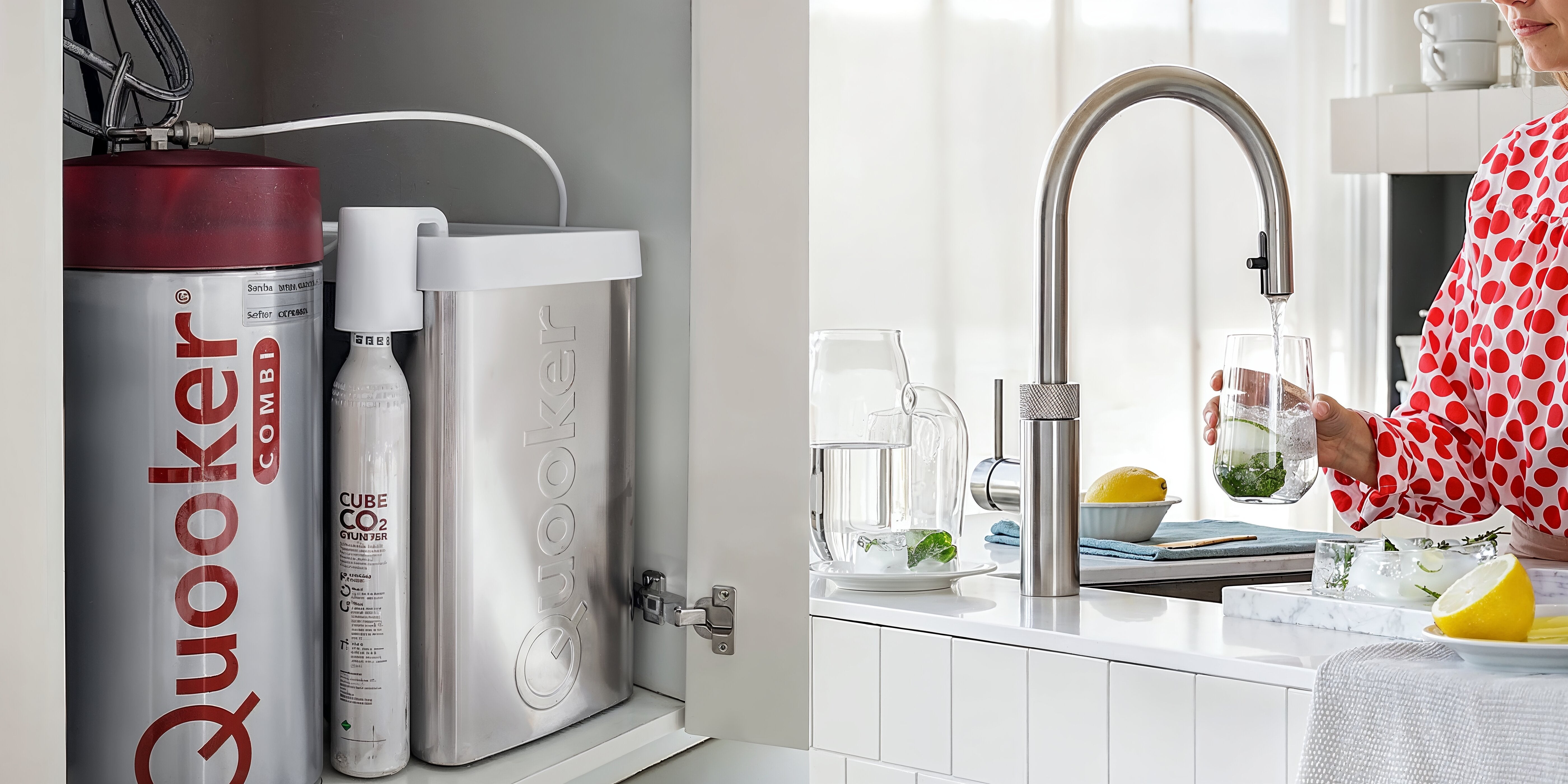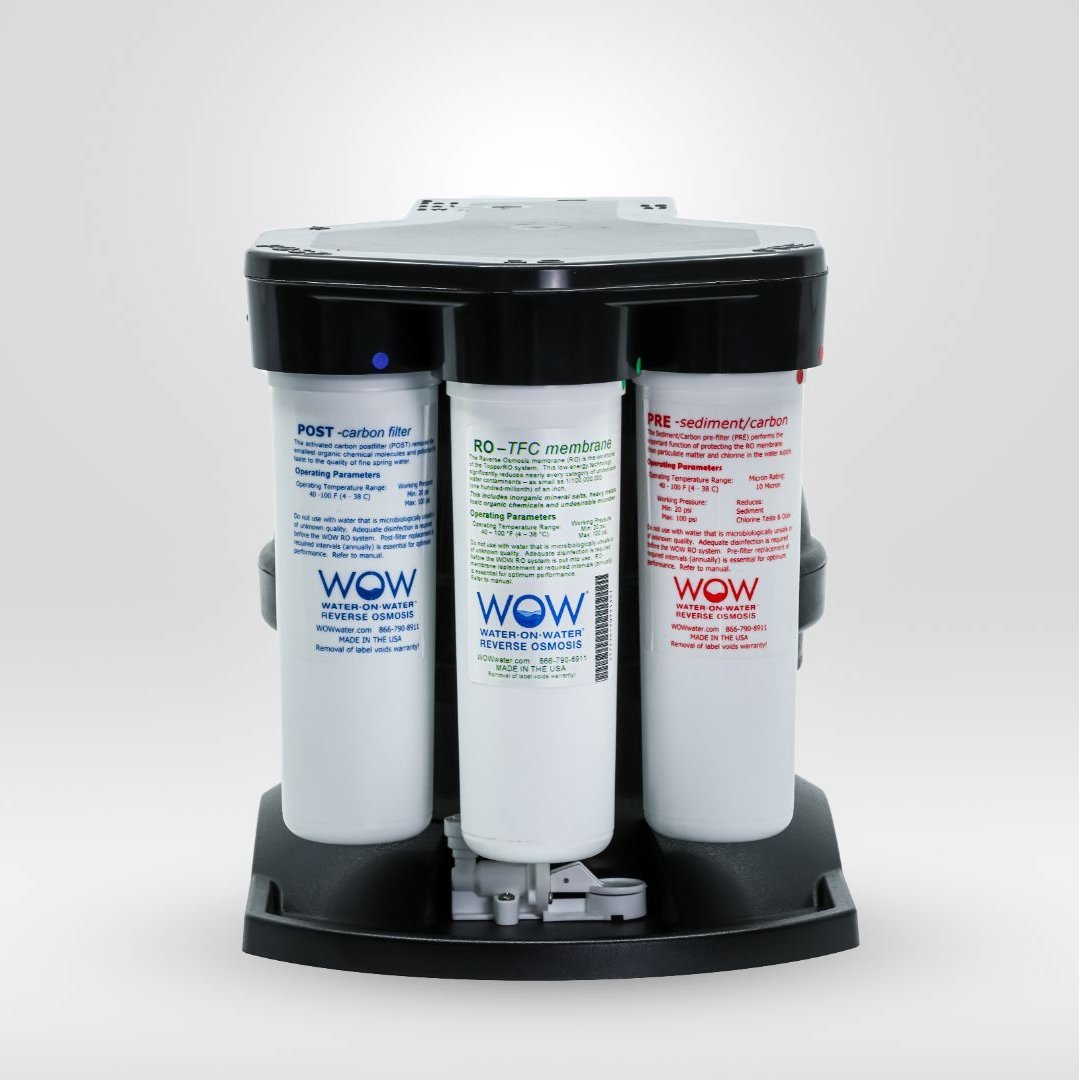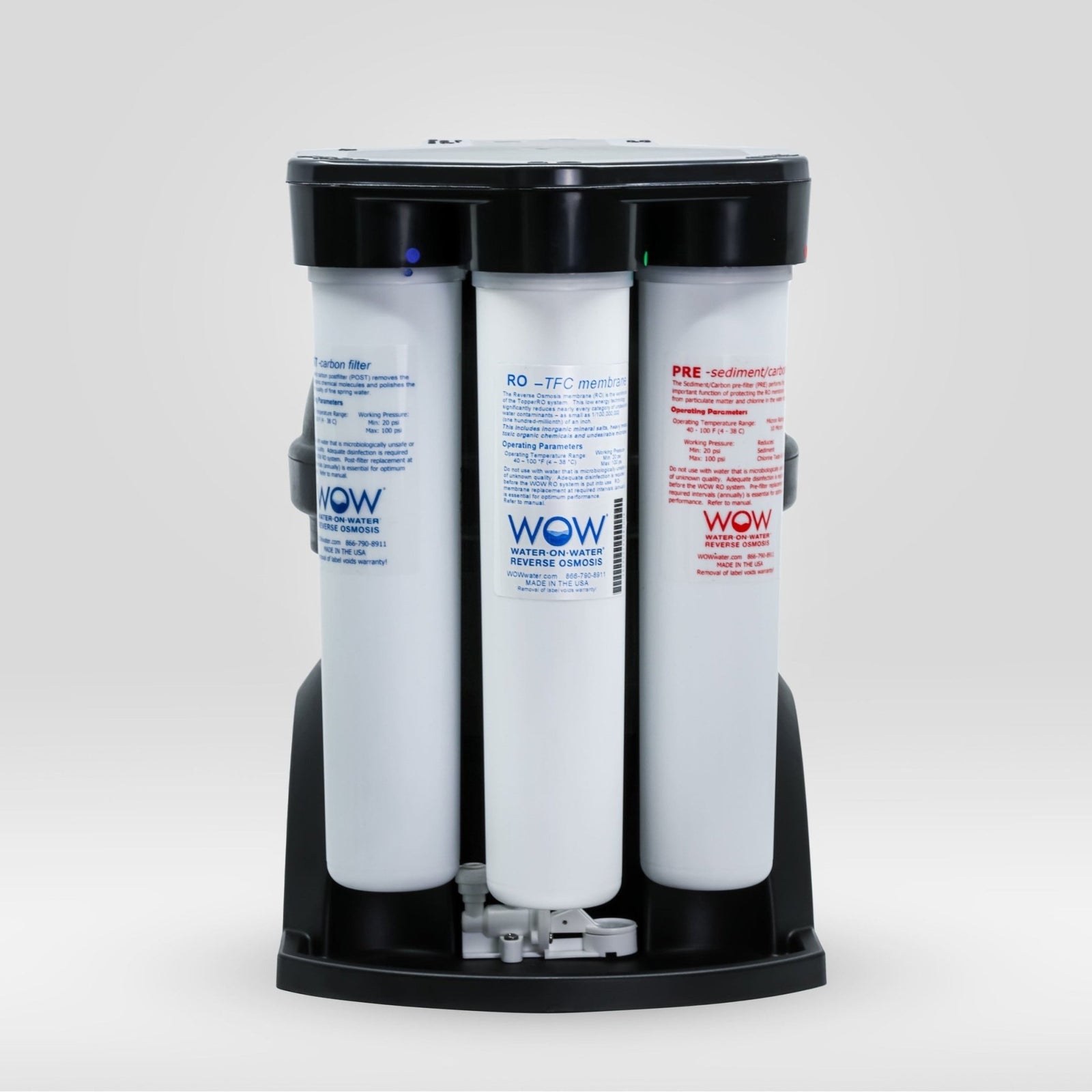You can detect the presence of hazardous substances in your drinking water by testing it at home with a TDS meter , test strips for specific contaminants, or by requesting a professional water analysis. Visual and taste abnormalities such as cloudy water, an unusual odor, or a metallic taste are immediate warning signs. Dutch water companies publish annual water quality reports per postal code area where you can check the exact composition of your tap water.
Why is it important to check your drinking water?
Monitoring your drinking water is essential because contaminated water poses immediate health risks, from acute gastrointestinal complaints to long-term health effects due to exposure to heavy metals or chemicals. In the Netherlands, 62% of drinking water is extracted from groundwater, which is increasingly contaminated by pesticides and toxins that seep into the soil.
Sources of pollution vary greatly by region. In agricultural areas, pesticides and nitrates can reach groundwater, while in urban areas, old lead pipes or industrial activities cause contamination. Surface water is contaminated most quickly, forcing water companies to drill ever deeper for cleaner groundwater.
The impact on daily use is often underestimated. Contaminated water affects not only your health but also the taste of tea and coffee, the longevity of flowers, and can cause limescale buildup in household appliances. Regular inspection helps you intervene in time before health problems arise.
What dangerous substances can be found in tap water?
Dutch tap water can contain several categories of contaminants that can harm your health. Heavy metals like lead are particularly prevalent in homes with old pipes dating from before 1960, while copper can be released from new copper pipes during their first few years of use.
- Chemical contaminants: PFAS (poly- and perfluoroalkyl substances), drug residues from antibiotics and hormones, pesticides from agricultural areas
- Biological contaminants: Legionella bacteria in stagnant warm water, viruses in leaks in the pipe network, parasites such as Cryptosporidium
- Physical contaminants: Microplastics from pipe material, sediment and rust particles, asbestos fibers from old AC pipes
- Minerals in high concentrations: Nitrates above 50 mg/l, fluoride, arsenic in certain groundwater areas
These substances enter the water system via various routes. Agricultural chemicals seep through the soil into the groundwater, pharmaceutical residues are incompletely purified in wastewater treatment plants, and outdated infrastructure can lead to contamination during transport to your tap.
How can I test my water quality at home?
Home water quality testing begins with a TDS (Total Dissolved Solids) meter, which measures the total amount of dissolved solids. A value above 300 ppm indicates elevated mineral concentrations, while values above 500 ppm warrant further investigation.
| Test method | What is being tested | Interpretation of results |
|---|---|---|
| TDS meter | Total dissolved solids | 0-50 ppm: excellent150-300 ppm: fair12°dH: hard |
Professional water test kits offer more comprehensive analysis, including heavy metals, bacteria, and specific chemicals. Visual indicators such as cloudy water, brown discoloration (iron), or blue deposits (copper) require immediate attention. In case of abnormal test results or if there is any doubt, professional laboratory analysis is recommended for a complete picture of the water quality.
What are the Dutch standards for safe drinking water?
The Drinking Water Decree sets strict requirements for the quality of Dutch tap water, including maximum permitted concentrations for various substances. These legal standards guarantee that water is safe for consumption, although meeting the standard does not always guarantee optimal quality.
- Lead: maximum 10 μg/l (to be reduced to 5 μg/l in 2026)
- Nitrate: maximum 50 mg/l
- Pesticides: maximum 0.1 μg/l per substance, total 0.5 μg/l
- PFAS: sum of 20 PFAS maximum 0.1 μg/l
- Bacteria: 0 cfu/100 ml for E. coli and enterococci
Water companies conduct thousands of inspections daily at pumping stations, in the distribution network, and in consumers' homes. They publish annual water quality reports, which you can request from your water supplier's website by entering your postal code. These reports contain detailed measurement results for all relevant parameters.
Important note: these standards apply up to your water meter. The quality can deteriorate due to old pipes in your home, stagnant water in dead-end pipes, or improperly connected appliances that cause backflow.
When should I take action for water purification?
Immediate action is required for visible contaminants such as cloudy or discolored water, a metallic or chemical taste, unpleasant odors (chlorine, sulfur, earth), or when test results exceed Dutch standards. Health complaints such as recurring gastrointestinal problems, skin irritation after showering, or unexplained fatigue can also indicate water quality problems.
Homes built before 1960 with original plumbing pose an increased risk of lead contamination. Copper pipes less than two years old can leach copper. Homes in agricultural areas have an increased risk of nitrate and pesticide contamination.
Solutions range from simple tap filters for improved taste to advanced water filtration systems with reverse osmosis technology that remove up to 99% of all contaminants, including PFAS, pharmaceutical residues, and microplastics. For structural problems in the main water line, contact your water company. For problems with domestic plumbing, a plumber is required.
Key steps for safe drinking water at home
A proactive approach to water safety begins with regular testing. Test the general water quality at least annually with a TDS meter and pH strips. More frequent testing is recommended if you have old pipes, health issues, or have received warnings from the water company.
Correctly interpreting warning signals prevents health risks:
- Sudden change in taste or smell: test immediately and contact the water company if necessary.
- Visible particles or discoloration: Do not consume water until cause is known.
- Test values above standard: have a professional analysis performed
- Recurring health complaints: consult a doctor and have the water quality tested
Certified purification methods are essential for long-term protection. Systems with NSF/ANSI 58 certification guarantee effective removal of contaminants. Maintenance according to factory specifications, timely filter replacement, and annual system inspections ensure optimal operation. Combine technical solutions with good operating habits, such as flushing infrequently used faucets daily and avoiding hot tap water for consumption.
